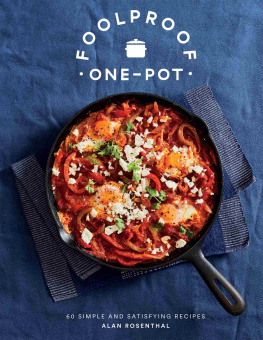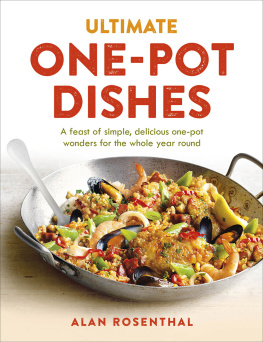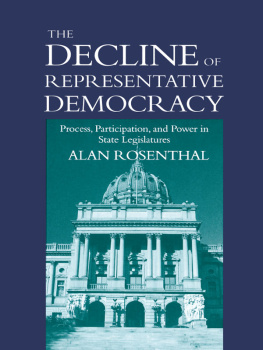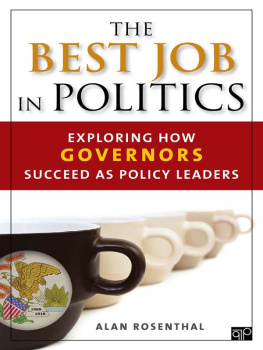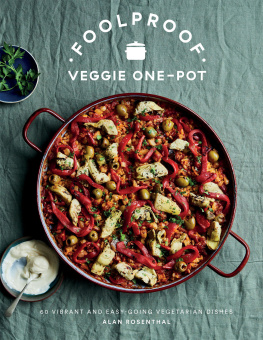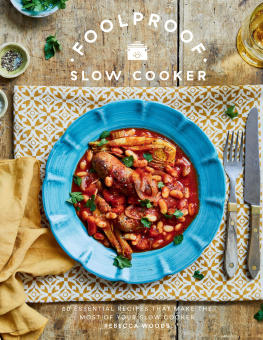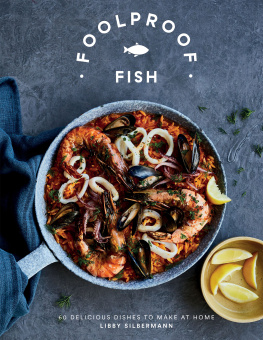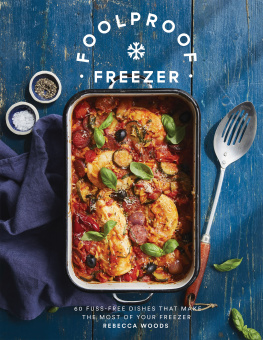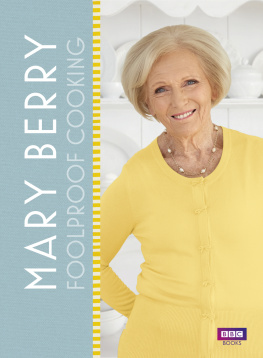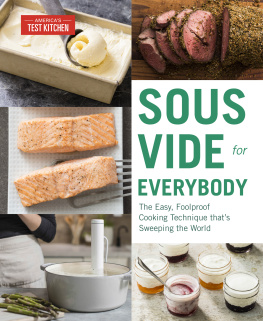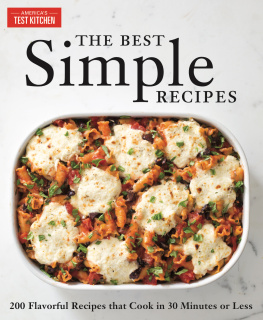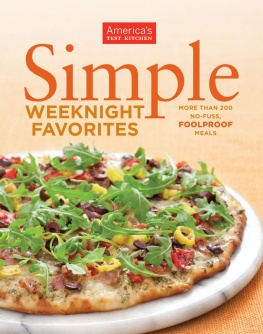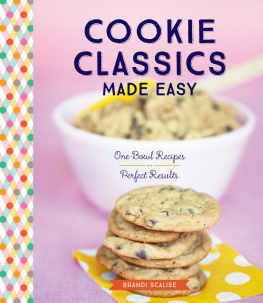Publishing Director
Sarah Lavelle
Editor
Stacey Cleworth
Art Direction and Design
Emily Lapworth
Photographer
Rita Platts
Food Stylist
Tamara Vos
Prop Stylist
Louie Waller
Head of Production
Stephen Lang
Senior Production Controller
Katie Jarvis
First published in 2021 by Quadrille, an imprint of Hardie Grant Publishing
Quadrille
5254 Southwark Street
London SE1 1UN
quadrille.com
Text Alan Rosenthal 2021
Photography Rita Platts 2021
Design and layout Quadrille 2021
All rights reserved. No part of the book may be reproduced, stored in a retrieval system, or transmitted in any form or by any means, electronic, electrostatic, magnetic tape, mechanical, photocopying, recording or otherwise, without the prior permission in writing of the publisher.
The rights of Alan Rosenthal to be identified as the author of this work have been asserted by him in accordance with the Copyright, Design and Patents Act 1988.
Cataloguing in Publication Data: a catalogue record for this book is available from the British Library.
eISBN 978 1 78713 595 6
CONTENTS
I started making stews and one-pot dishes back in 2008, selling them in farmers markets across London before moving on to the larger shops. Little did I know, at the time, that Id still be writing one-pot recipes over a decade later!
I didnt recognize, back then, how popular one-pot cooking was; in fact, its really only been in the last couple of years that Ive started to understand why it also rings so true with me, on a personal level.
One-pot cooking isnt just about convenience. Sure, using a single pot cuts down on washing-up, can usually be carried out in any kitchen, tends not to be overly complicated and lends itself to freezer filling, batch cooking and easy mid-week meals. However, the benefits go much deeper than these simple practicalities.
One-pot recipes are, more often than not, incredibly comforting and heart-warming. Whether its a slow-cooked stew, a layered fragrant pilaf or a richly spiced dal, theres always something reassuring and, somehow, deeply familiar and accessible about a one-pot dish. Its a style of cooking thats akin to reconnecting with an old friend; something you do perhaps only once or twice a year, but when you do, its as if youve had no time apart and you wonder why youve not seen each other for so long.
At its heart, one-pot cooking brings people together and encourages shared experiences and connections. This is what excites me most about this style of cooking and its been the inspiration for many of the recipes here. Ive been influenced by ingredients and styles of cooking from all around the globe. Some recipes are gutsier with strong, bold flavours, while others are gentler, allowing just a few key ingredients to do all the talking. And as a result, I hope theres something in here for everyone.
Ive organized the recipes into chapters focussing on their cooking method or style. In the first chapter chapter with some incredibly comforting, simple recipes that, even if I do say so myself, are absolutely delicious.
Ultimately, if these recipes make you smile and bring you together with the people you care about, then my job is done.
Enjoy.
Alan
What makes the recipes foolproof?
All the recipes in this book have been designed to be foolproof. As long as you follow the instructions accurately, youll soon have something delicious on your table to look forward to. To make them as foolproof as possible, the methods or ingredients are occasionally a little different from the norm. So, for example, some recipes require store-bought cooked rice in place of home cooked. Elsewhere, youll be using non-stick baking parchment in a way that perhaps youve not used it before. Hopefully these will become handy cooking hacks that you can use in your own recipes as well!
Vegetarian (V) and vegan (VE) recipes have been marked as such. Additional recipes could be adapted so that they are suitable for vegetarians by simply swapping specific ingredients, for a vegetarian alternative.
Which pots should you use?
There are two types of pot that you need for the recipes.
Deep pot: roughly around 25cm (10in) wide and 11cm (4in) high, with a lid.
Wide shallow pot: roughly around 30cm (12in) wide and 6cm (2in) high, with a lid.
Ideally, they should be cast iron. I appreciate that not everyone will have pots with these exact dimensions so by all means improvise. However, do make sure your pots are heavy based and that they can be used both on the hob and in the oven. Also, be mindful that evaporation and cooking times may vary slightly with different sized pots.
Stocks
Quite a few of the recipes call for stock in the ingredients list. Sadly, we dont all have enough time to prepare our own stocks from scratch, and store-bought ones, although absolutely fine to use, can be quite high in salt. So, when adding salt to each recipe, do so mindfully, taking into account the salt content of your stock. You may want to use a little less salt than the recipe suggests, adding more, if necessary, during its final seasoning.
Browning meat
In several of the stews and braises, I ask you to brown your meat. This gives colour and flavour and is commonplace in many European-style dishes. Here are three simple pieces of advice for successfully browning meat.
The fat in your pot should be hot before adding the meat. This helps to seal the meat the moment it hits the pot, beginning the caramelization process and preventing too much liquid building up (this causes steam to develop, which prevents caramelization). Try to maintain a constant temperature; your pot should be hot, but not so hot that ingredients start to burn.
Dont overcrowd the pot. Brown meat in batches, aiming for around 1cm (in) of free space around each piece of meat to allow any liquid to evaporate. This will prevent the build-up of steam, making caramelization much easier. If your pot feels a little dry after each batch, add a little more oil to the pot before starting the next one.
Dont be tempted to move the meat around too soon. Instead, allow it to cook for a few minutes without any intervention. This will encourage good colour and make it less likely to stick or stew in the pot.
Most of the recipes in this book dont require anything in addition to go alongside. However, some of the stews and curries in the chapters do work well with a simple carbohydrate on the side.
All the recipes are full of flavour so you really dont need to tinker much with the side you ultimately decide to choose. Id recommend simply serving them as they come or with some fresh herbs and butter or olive oil running through.
All these basic recipes serve four.
Boiled potatoes
Place 700g (1lb) small, waxy potatoes into a deep pot and cover with plenty of cold water. Add a generous pinch of salt. Bring to the boil and then simmer for around 10 minutes or until, when pierced with a sharp knife into the centre, the potato easily slips off when lifted out of the water. Drain and allow to steam dry in a colander.
Mashed potatoes
Place 1kg (2lb 4oz) peeled, floury potatoes, cut into 5cm (2in) cubes, into a deep saucepan. Cover with plenty of cold water and a generous pinch of salt. Bring to the boil and simmer for 1215 minutes or until, when pierced with a sharp knife into the centre, the chunks easily slip off when lifted out of the water. Drain and allow to steam dry in a colander. Transfer back to your pot and, using a potato masher, mash them with the addition of 50g (1oz) unsalted butter and 50ml (3 tbsp) whole milk along with a generous grind of black pepper and salt.

